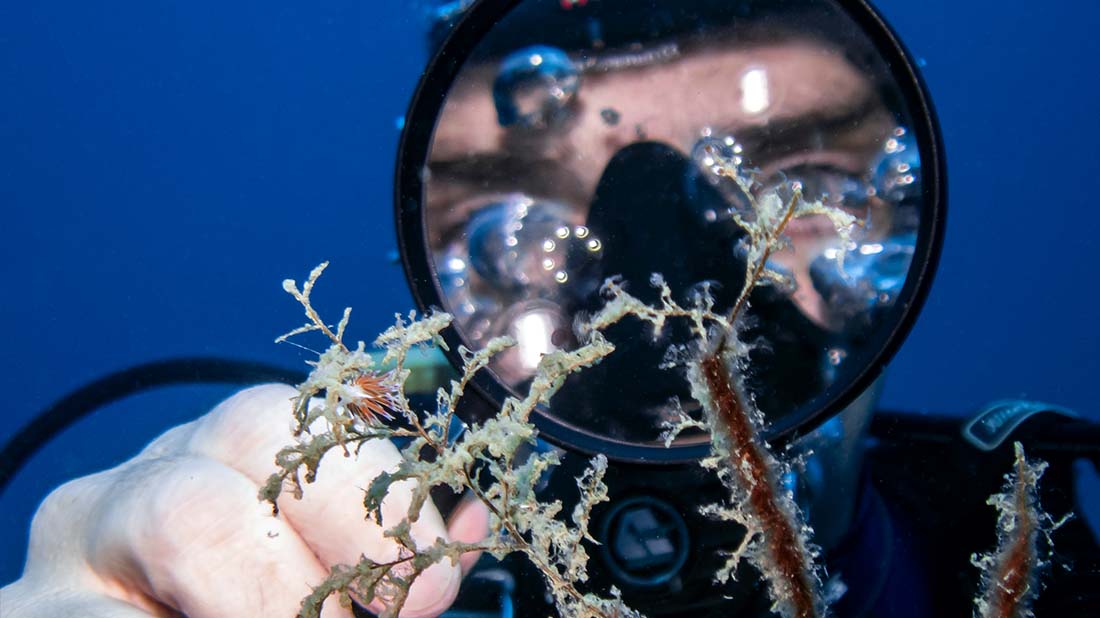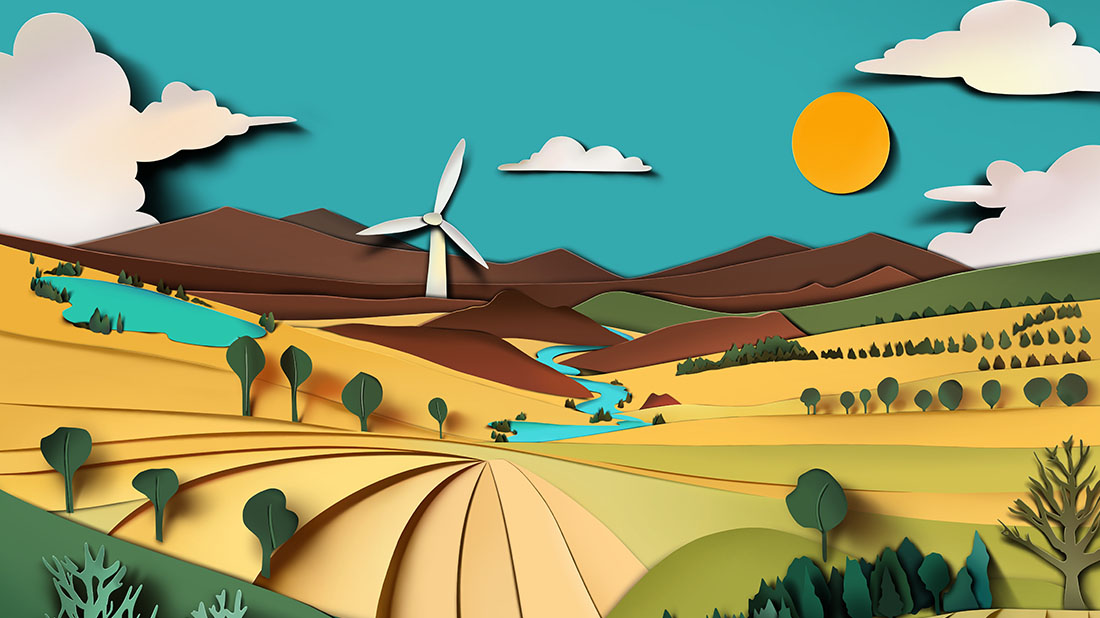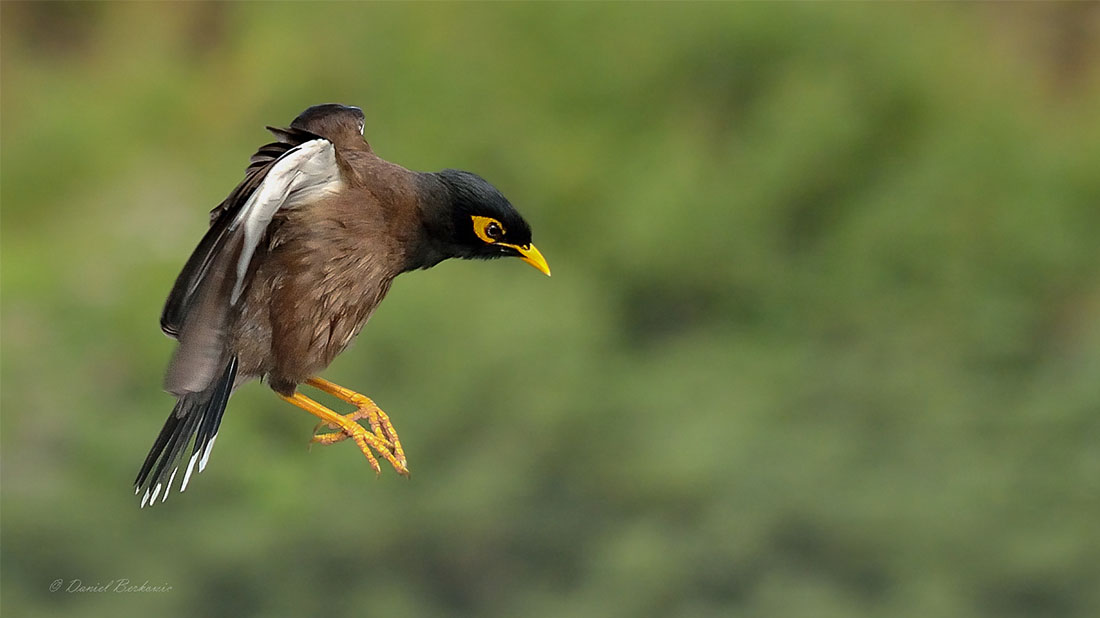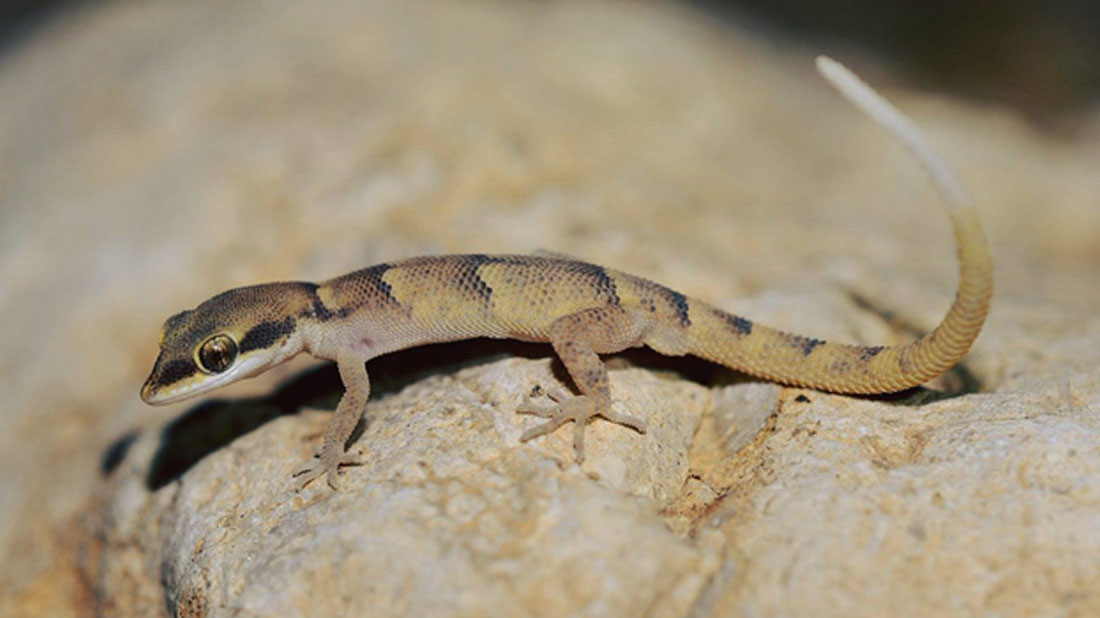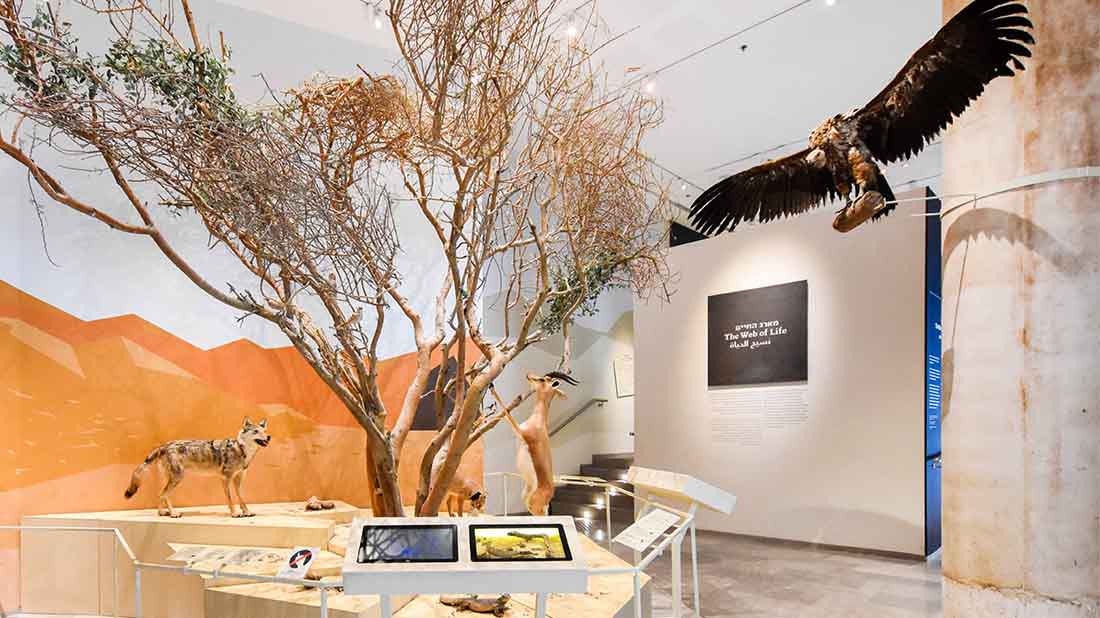Marine Systems of the Mediterranean Region: Env. Challenges
Prof. Yehuda Benayahu
Over 70% of the earth is covered with seas and oceans at an average depth of over 2,000 m. The oceans thus offer a much larger habitable area, both in terms of surface area and volume, than all continents put together. The Mediterranean Sea, covering an approximate area of 2.5 million km² (965,000 sq mi), although technically a part of the Atlantic Ocean, is usually identified as a completely separate body of water. The Mediterranean basin covers portions of three continents, Europe, Asia, and Africa, and includes several seas such as the Ligurian Sea, the Tyrrhenian Sea, the Ionian Sea, the Adriatic Sea, and it is also linked to other seas such as the Black Sea and the northern Red Sea. As indicated by its name, derived from the Latin mediterraneus, meaning “in the middle of the earth” (from medius, “middle” and terra, “earth”), the Mediterranean Sea is almost completely enclosed by land: on the north by Anatolia and Europe, on the south by North Africa, and on the east by the Levant. As such, it constituted an important route for merchants and travelers of ancient times that allowed for trade and cultural exchange between various communities of the region (e.g., Phoenicians, Greek, Roman, Egyptian, Levantine, Muslim, and Jewish cultures). The immense cultural, social and economic value of the Mediterranean Sea, it directly linked to its environmental, , ecological, hydrological and geomorphologic traits. The course will provide a short introduction dealing with the above mentioned fields, giving a whole perspective of the Mediterranean basin, including the Gulf of Aqaba (northern Red Sea). Then, students will get to know the various habitats present in the area (such as rocky bottom, sandy bottom, coral reefs, seagrass beds, mangroves, etc.), as well as their biological inhabitants. Moreover, the course will provide students with current issues related to global human impacts on the marine environment, including overexploitation of natural resources in the area, effects of climate change and sea level rise, ocean acidification, as well as coastal management and marine conservation issues.
The course will include a field trip to the Mediterranean coast of Israel.
Applied Molecular Species Identification
Dr. Omri Bronstein (and colleagues)
The course aims at providing students with practical knowledge and tools to conduct an independent barcoding genetic study and to expose them to the potential and limitations of integrating molecular diagnostics in taxonomic research.
The course will combine both wet-lab practices as well as computer analyses.
The course will be given during the semester break.
Additional courses are offered in Hebrew:
Zoology
Prof. Noa Shenkar (and colleagues)
Invertebrates for advanced students
Prof. Noa Shenkar and Prof. Micha Ilan
Discovering the sea
Prof. Noa Shenkar
Integrative approach for organisms study
Prof. Frida Ben-Ami Dr. Omri Bronstein (and colleagues)
Ecology
Prof. Jonathan Belmaker, Prof. Avigdor Abelson (and colleagues)
Selective subjects in environmental studies
Prof. Avigdor Abelson
Evolution of vertebrates: comparative anatomy, structure and function
Prof. Roi Holzman (and colleagues)
Animal movement
Prof. Roi Holzman (and colleagues)
Selected readings in ecology
Prof. Frida Ben-Ami
Marine biology
Prof. Micha Ilan


